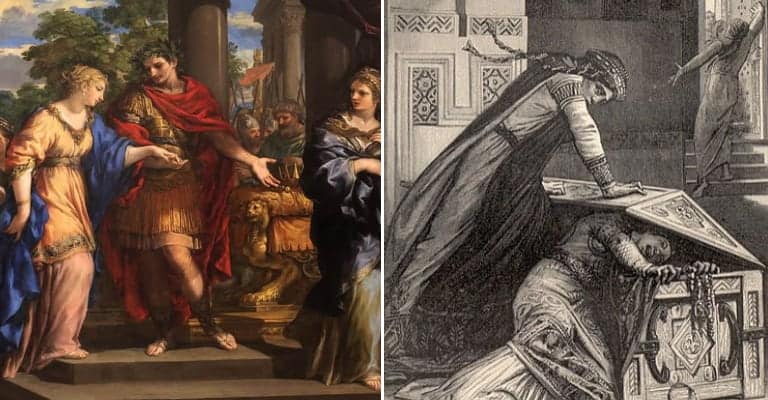We all know someone who has committed some act of treachery – betrayal, lying, seduction, maybe even nepotism – in order to get what he or she wants. Moreover, people who use unfair means and step on top of other people in their bids for power are discovered; sometimes they are found too late to stop their grasp at power, but their reputations remain ruined.
Below are 16 historical figures who suffered the fate of people you may know who was a little bit too ambitious for their own good. Many of them were found out and punished during their lifetimes, but all of them have gone down in history in ignominy for their treacherous deeds. Maybe their lives can serve as a warning to you against scheming and plotting your way to the top.

16. John Conroy May Have Had an Affair With Queen Victoria’s Mom
John Conroy was the ambitious son of the Irish-born John Ponsonby Conroy and Margaret Wilson. Born in 1786, he became the senior horse attendant of the Duke of Kent, the father of Queen Victoria. Following the duke’s death in 1820, John Conroy managed to become the comptroller of the royal household. As such, he had much influence over the early years of the girl who would become Queen Victoria. That influence was often heavy-handed. She was raised with incredible strictness and was not allowed to have any friends or playmates other than Conroy’s daughters.
However, where did this high level of influence come from? In 1829, a rumor circulated that the Duchess of Kent, Queen Victoria’s mother, was the mistress of John Conroy. Perhaps he was trying to make his own grab at power, not only over the royal family but the country. With a firm grip on the duchess, John Conroy was able to establish himself as Victoria’s private secretary with virtually full freedom in controlling the household as Conroy saw fit. He would parade the heir presumptive around the country on royal tours, leading her to become sick with typhoid. When Victoria ascended to the throne in 1837, one of the first things that she did was fire him.

